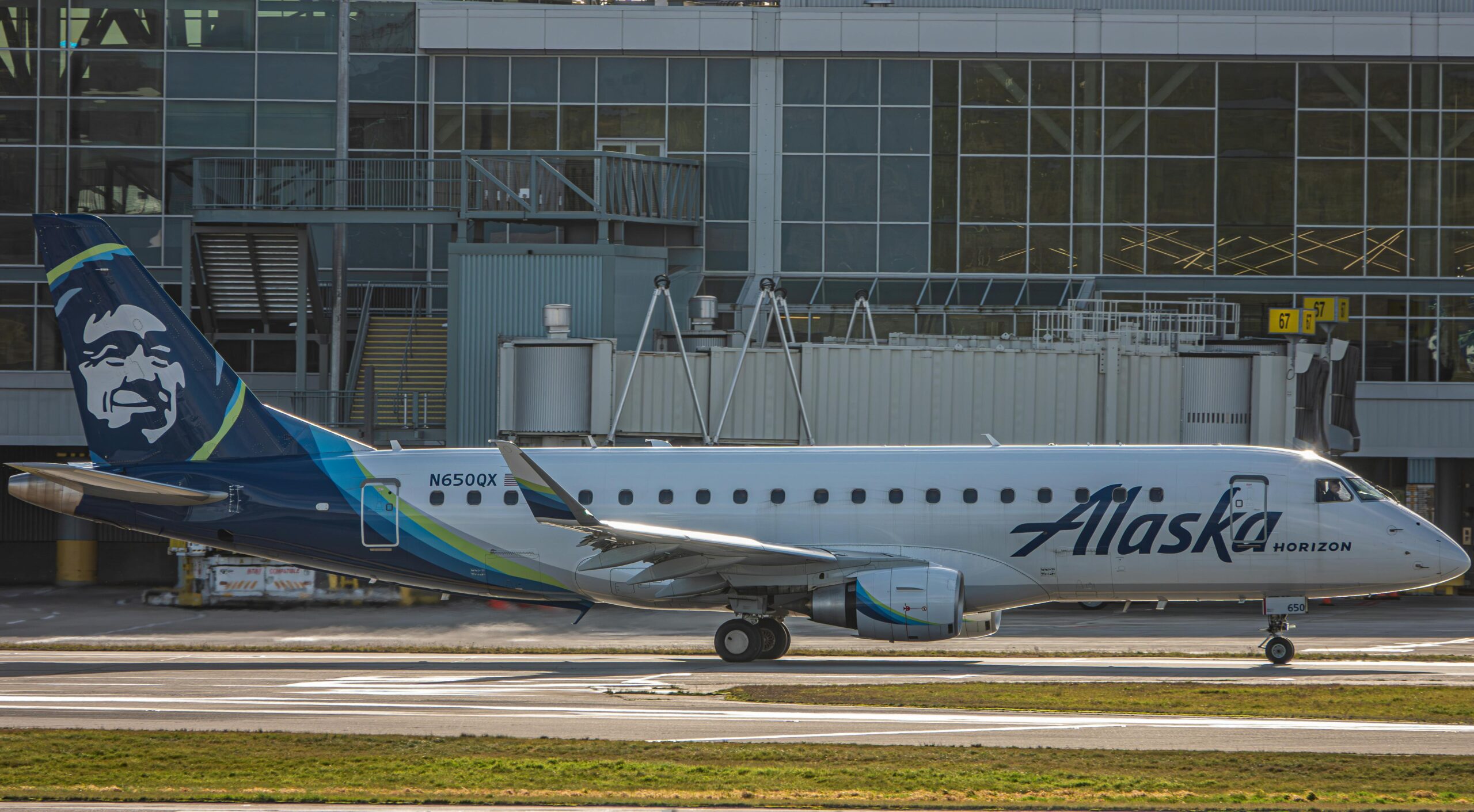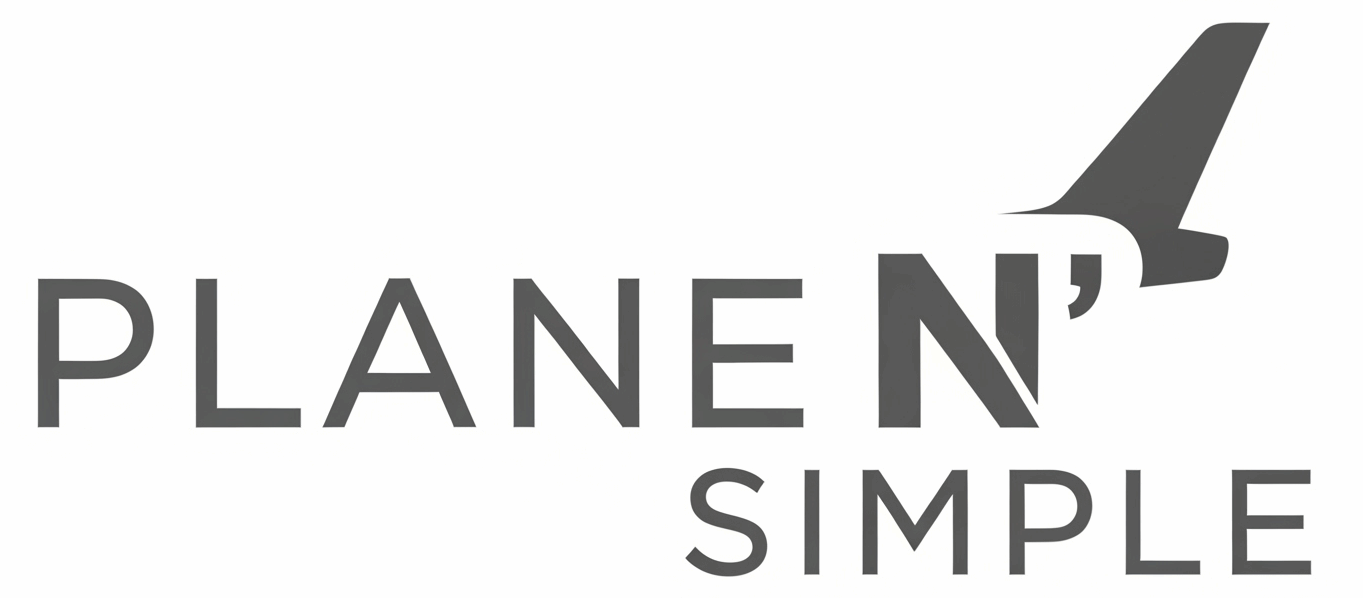Alaska and Hawaiian Launch Atmos Rewards: The Game Changing Merger That’s Shaking Up US Airline Loyalty

The aviation loyalty world just got a major shake up. Today, Alaska Airlines and Hawaiian Airlines officially launched Atmos Rewards, their highly anticipated combined loyalty program that promises to deliver “more choice, more rewards and more global access than ever before.” After over a year of speculation since the merger announcement, the two carriers have finally revealed what might be the most traveler friendly loyalty program restructuring we’ve seen in years.
And frankly? It’s impressive.
The Birth of Atmos Rewards: What’s Actually Changing
As of today, Mileage Plan members are now Atmos Rewards members with no interruption to their benefits, while HawaiianMiles members and their miles will transition into the new loyalty program on Oct. 1. The conversion is seamless: 1 Mileage Plan or HawaiianMiles mile = 1 Atmos Rewards point. The value of points does not change, and points do not expire.
But this isn’t just a simple rebrand. Alaska and Hawaiian have used this merger as an opportunity to fundamentally rethink what an airline loyalty program can be in 2025.
The Industry First Feature That Changes Everything
Here’s where Atmos Rewards gets really interesting. Later in 2026, points and status points can be earned in one of three ways when flying with the airline. Members can select the earning option that works best for them and change their preference once a year:
- Distance traveled: Earn 1 point for every mile flown
- Price paid: Earn 5 points for every $1 spent on flights
- Segments flown: Earn a flat 500 points for each flight segment
This is genuinely revolutionary. While every other major US carrier has been moving toward revenue based earning exclusively, Alaska and Hawaiian are giving travelers actual choice in how they accumulate rewards. It’s particularly brilliant for different types of travelers:
- Budget travelers taking long haul flights can maximize distance based earning
- Premium cabin flyers benefit from spend based earning
- Frequent short haul flyers (hello, Hawaii island hoppers!) get guaranteed value from segment based earning
The Premium Perks That Actually Matter
While other airlines are nickel and diming their way to profitability, Atmos Rewards is doubling down on genuine value:
Free Starlink WiFi for All Members
Alaska has teamed up with T-Mobile to make this new WiFi service free exclusively for Atmos Rewards members. Installations on Alaska’s fleet will begin in 2026 and be completed in 2027.
United is also moving to faster Starlink so I consider this a net positive for the industry as a whole as it only takes 8 hours to install Starlink equipment on a plane leading to quicker turnaround and way faster internet speeds in the sky.
Unprecedented Upgrade Benefits
The airline is the only U.S. Airline that is offering its Atmos Titanium members complimentary, day of departure upgrades into global Business Class for them and a companion without requiring points or a certificate. Free business class upgrades for two people on international flights. No other US airline comes close to this generosity.
The New Premium Credit Card
The Atmos Rewards Summit card with a six figure bonus launches with a $100,000 point sign up bonus (worth up to $1,813 based on current valuations) and includes Global Companion Awards that work on partner airlines and in premium cabins. The three month $6000 spend requirement is steep but is well worth for this benefit at a $395 annual and no Foreign Transaction fees.
How Atmos Rewards Stacks Up Against the Competition
Let’s be honest about where US airline loyalty programs stand in 2025:
The Big Three’s Problems
Delta SkyMiles continues to lead in operational reliability but achieving status can cost thousands of dollars and their dynamic pricing makes redemption unpredictable.
American AAdvantage takes top marks for best loyalty program among legacy carriers, but their earning structure through Loyalty Points is confusing and requires substantial investment, about $40,000 to reach Gold status through credit card spending alone.
United MileagePlus recently made it harder to earn Premier elite status and their PQP system essentially measures revenue contribution rather than loyalty.
Where Atmos Rewards Wins
Flexibility: The three earning options give travelers control that no other program offers. While major carriers abandoned the awards charts that had helped loyalty members know how many points they needed, Atmos is bringing predictability back.
Transparency: Redemptions start at only 4,500 points one way with published award charts, avoiding the “black box” dynamic pricing that frustrates travelers.
Network Reach: More than 1,000 destinations on Alaska, Hawaiian and 30+ global airline partners, including oneworld member airlines provides extensive redemption opportunities.
Elite Benefits: The complimentary business class upgrades for Titanium members and companions exceed what any other US airline offers.
The Mid Tier Competition
Southwest Rapid Rewards remains simple and user friendly but recently devalued both its earning and redeeming.
JetBlue TrueBlue offers good value but lacks the international reach that Atmos now provides specially with the OneWorld alliance partners.
The Status Tier Breakdown
Atmos simplifies the status structure while adding value:
- Silver: Basic perks with complimentary upgrades
- Gold: Enhanced benefits and priority services
- Platinum: Premium perks with expanded upgrade certificates
- Titanium: The crown jewel with those unprecedented business class upgrades
For the Atmos Platinum loyalty tier, customers will need to earn 80,000 points next year, and 135,000 for the Atmos Titanium tier, up from 75,000 and 100,000, respectively, in 2025. Yes, the thresholds are increasing, but the benefits are increasing even more dramatically.
What This Means for Your Loyalty Strategy
If you’ve been on the fence about airline loyalty, Atmos Rewards makes a compelling case for commitment. The program’s flexibility addresses the biggest pain points of modern airline loyalty:
- Unpredictable earning: Solved with choice based earning options
- Expensive status requirements: Mitigated by multiple earning paths
- Limited upgrade opportunities: Enhanced with unprecedented business class benefits
- Poor WiFi experiences: Resolved with free Starlink connectivity
For travelers in Alaska and Hawaii’s network particularly those flying between the West Coast, Hawaii, and now Alaska’s expanding international routes to Asia and Europe this becomes an obvious choice.
The Bottom Line
While American Airlines offers the best overall elite status option for frequent flyers, particularly in the entry and mid level elite tiers according to recent analysis, Atmos Rewards is positioning itself as the most innovative and generous program for travelers who want flexibility and transparency.
The fact that Alaska has the #1 airline rewards program according to U.S. News & World Report for multiple years running suggests they know what they’re doing. With Hawaiian’s Pacific network and Alaska’s expanding international presence, Atmos Rewards isn’t just combining two programs it’s creating something genuinely new.
The launch timing couldn’t be better. As airlines collect billions of dollars in revenue per year from loyalty programs while making them increasingly complex and expensive, Atmos is zigging where others zag.
Whether this forces other airlines to respond with enhanced benefits remains to be seen. But for travelers tired of being treated like walking ATMs by their loyalty programs, Atmos Rewards offers a refreshing alternative that actually prioritizes the “loyalty” part of the equation.
The verdict? If you fly Alaska, Hawaiian, or their partners with any regularity, Atmos Rewards deserves serious consideration. The program launches with more passenger friendly innovations than we’ve seen from any major carrier in years, and that alone makes it worth watching closely. You can find more details about some of the FAQ’s here.
What do you think about Alaska and Hawaiian’s new approach? Will other airlines be forced to respond with enhanced benefits? Share your thoughts in the comments below.

